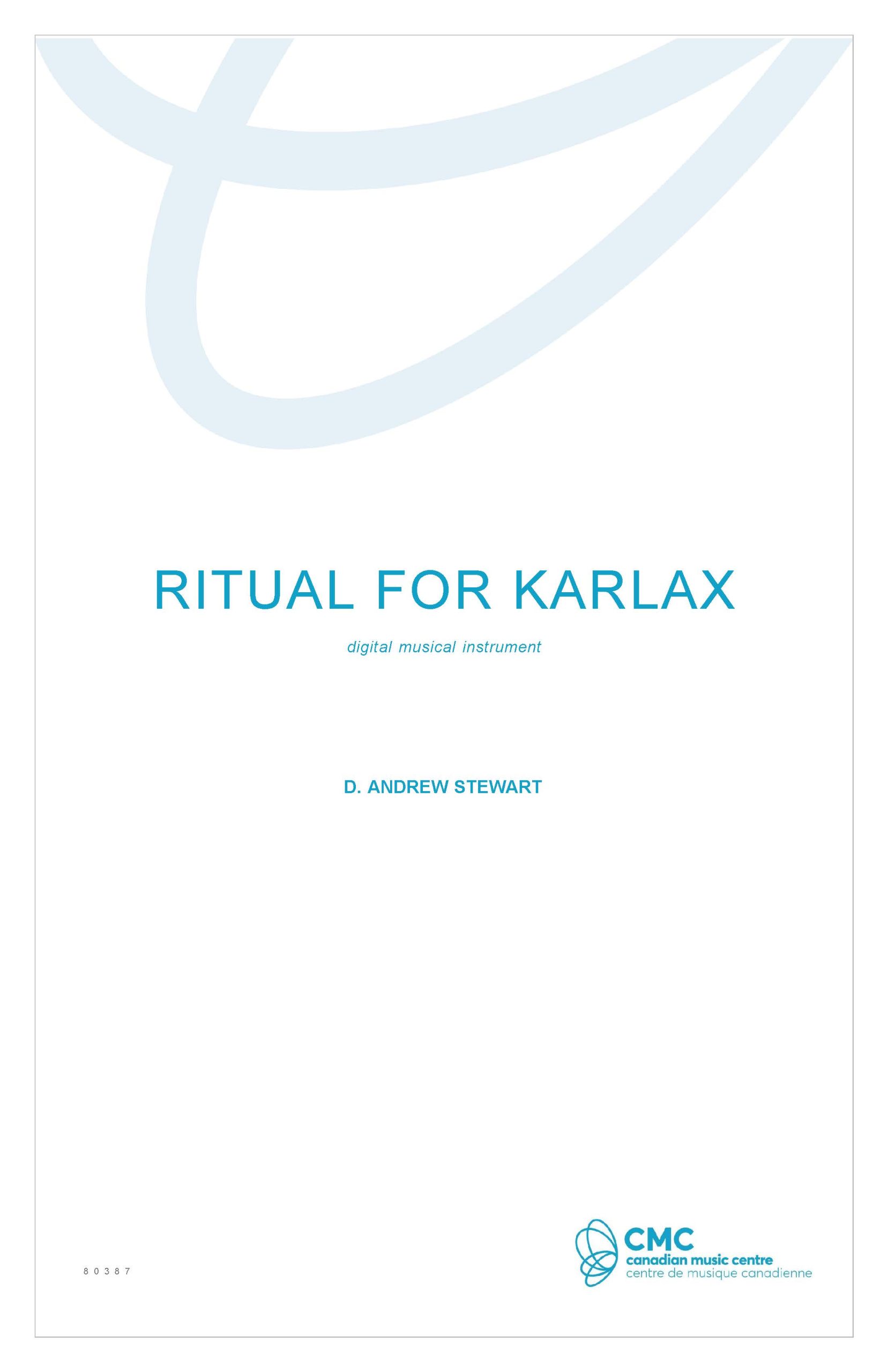At the core of Ritual for Karlax is the metaphorical path to one’s safe place, where the integration of the shadow begins ‒ where one’s lost, hidden or missing parts may be uncovered and found once again. The ringing of a ceremonious and imposing bell signals the first step along this path, declaring a willingness to reveal one’s secrets and feelings. A flute-like voice is heard trying to form a melody in counterpoint, firstly, with a deep spectral space that calls forth the shadow and secondly, the rattling, knocking and tinkling of bells ‒ bells that no longer signal the beginning of a ritual, but gesture toward memories that are unsettling and confused, and at the same time, restful. The performer may seek disclosure, confession and revelation through the unfolding of a slow melody ‒ each tone exposing and forming the path to another space. Look for moments of ecstasy (silence, solitude), and trance (noise, movement, crisis). Through these states of experience, one may find elucidation ‒ or even transcendence. Performing Ritual for Karlax entails the control of purely electronic/synthesised sounds. After acquiring some performance skill on the instrument (and with the addition of robust computing power), the performer will be able to initiate and transform sound in real time, presenting musical ideas with a spectromorphological richness often only associated with compositions “shot and developed” in the electronic music studio. The performer must be commended for his or her dedication to acquiring a knowledge of the performance techniques and complex sound control structures of the karlax. The performer’s mastery is, in and of itself, the forming of a ritual.

